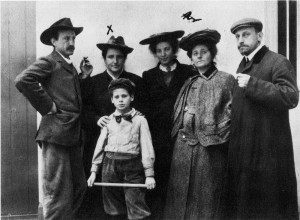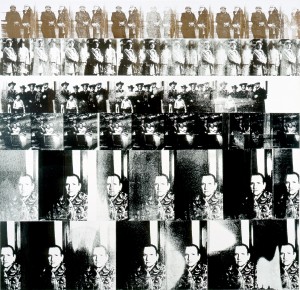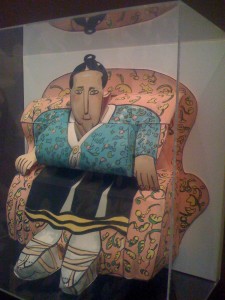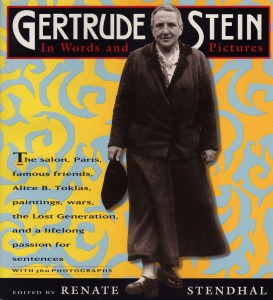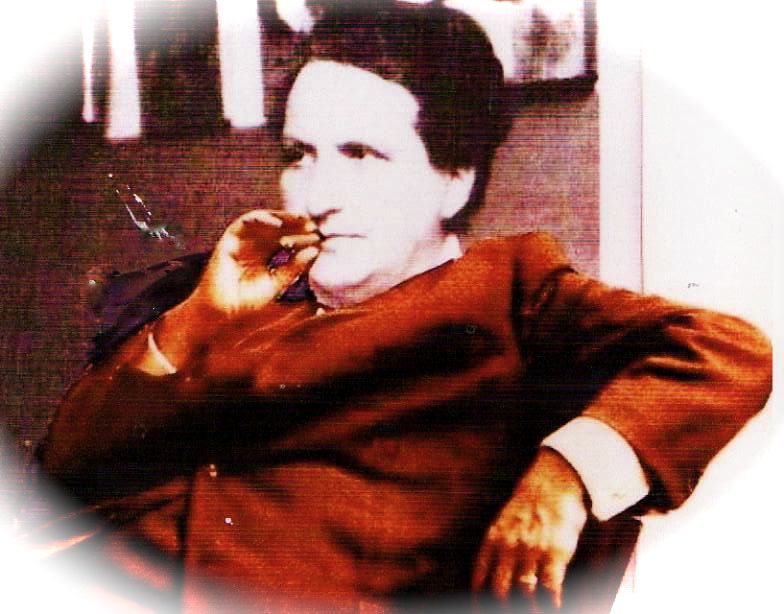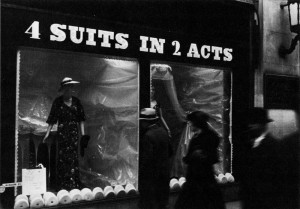
Emergeny Fashion: What To Wear???
This is a question I hear a lot from both women and men as the Summer of Stein descends upon San Francisco. Dressing up for Gertrude Stein, for the grand openings at SFMOMA and the Contemporary Jewish Museum, for the coming performances, shows, and panel discussions has become a hot topic ever since Danielle Steel told us that San Francisco has no style. “There’s no style, nobody dresses up—you can’t be chic there. It’s all shorts and hiking boots and Tevas—it’s as if everyone is dressed to go on a camping trip. I don’t think people really care how they look there; and I look like a mess when I’m there, too.” Ah, but I spotted one of the curators of Seeing Gertrude Stein at the museum opening sporting high-fashion ruffles in Matisse green! And the other one at the SFMOMA opening in a cropped fog-jacket in black, black Abercrombie pants and elegant leather sneakers! Even if you can’t match that, take heart, San Francisco, and take a lesson from your daughter Gertrude Stein. Stein is hot, Stein is chic. Stein is always an inspiration.
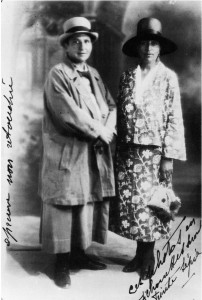
But she’s a challenge, too. Always has been. How to do justice to a genius who was taken one day for a gypsy, the next for a peasant, for an emperor, Caesar, or (in Seeing Gertrude Stein: Five Stories) for a “granny”?
A few notes of advice may be in order.
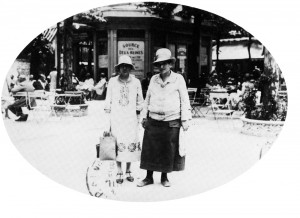
Of course you will want to get as close to her genius as you possibly can. Don’t believe for a moment in the warning she gave Hemingway, “You can either buy clothes or buy pictures. It’s that simple. Pay no attention to your clothes and no attention at all to the mode…” Mon oeil, as the French would say – you must be kidding. You may already be wearing Stein mode on your skin in one of Katrina Rodabough’s artist-designer dresses with imprinted texts by you know who. But if you own a nice big bathrobe in curderoy (or if all fails, dark brown terrycloth), simply hold it together with a coral hat pin, and you are in. You can see the original Steinian hat pin (that served same-said purpose) at the Contemporary Jewish Museum — in case you need encouragement. Or get out your heavy winter velvet (the summer weather will help you): with some luck and a jaunty little ski cap you will match the evening suit Pierre Balmain fashioned for Gertie. Just imagine!
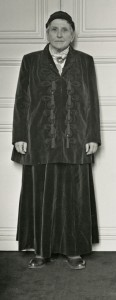
If you are a boy or a boi or anything undefined (like Gert him/herself) your best bet is the vest. Don’t worry about the obvious. Stein herself learned early on from her prof William James, “Complicate your life as much as you please, it has got to simplify.” Any vest will do, you can’t go wrong: quilted, embroidered, stitched and hand-woven, with appliqués made by your lover who also types your manuscripts. Tenderly buttoned goes a long way. You don’t necessarily have to dig up the burlap skirt your grand aunt Frieda still stores in her steerage trunk. Feel free with your shirt: striped or flowery, any will do. Your true daring will show in the brooch, okay, even on top of your cravate, if you must. Antique, however, is a must, a brooch that rings the bell of genius in those who matter in your life.
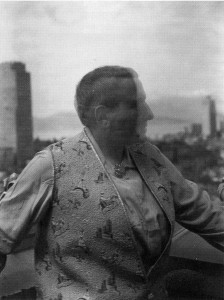
A note of caution, however, if you are not a boy: careful with roses! Never more than four. Three may create the impression that you don’t know your lines. Two is acceptable, one is good: the woman is a rose. None is even better. “If not why not.”
The further you arrive at your extremities the easier it gets. Duck shoes are in easy reach whereever you look, thank Gd (or, depending, health fashion). But the “Delphic sandals” Isadora Duncan’s brother Raymond used to cobble for the Steins? You with the feminine foot are in luck. Greek sandals are whereever you look, too, due to our very own post-modern “raunch culture” (you may have to google the term). Don’t fear: Gertrude (“Toasted Susie is my icecream”) would be amused and want to talk to you.

The only problem is accessories. Was Gertrude Stein ever ever seen with a handbag? You know the answer. Only if you absolutely have to, I can console you. Fashion once again shows you the way with the little summer snapster called “Three Lives.”
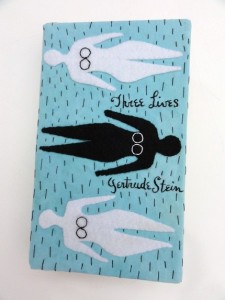
Which brings me to the one item that is a passe partout. Anything, truly anything goes when it comes to the hat. If you need to reassure yourself that this is so, walk through the exhibition one more time and focus. At the latest, when you hit upon the New Yorker cartoon from 1934, you know you can trust yourself that “It is as pleasant as that to have a hat, to have a hat and it is as pleasant as that.” That’s it. And now go and be pretty. Have a ball.










